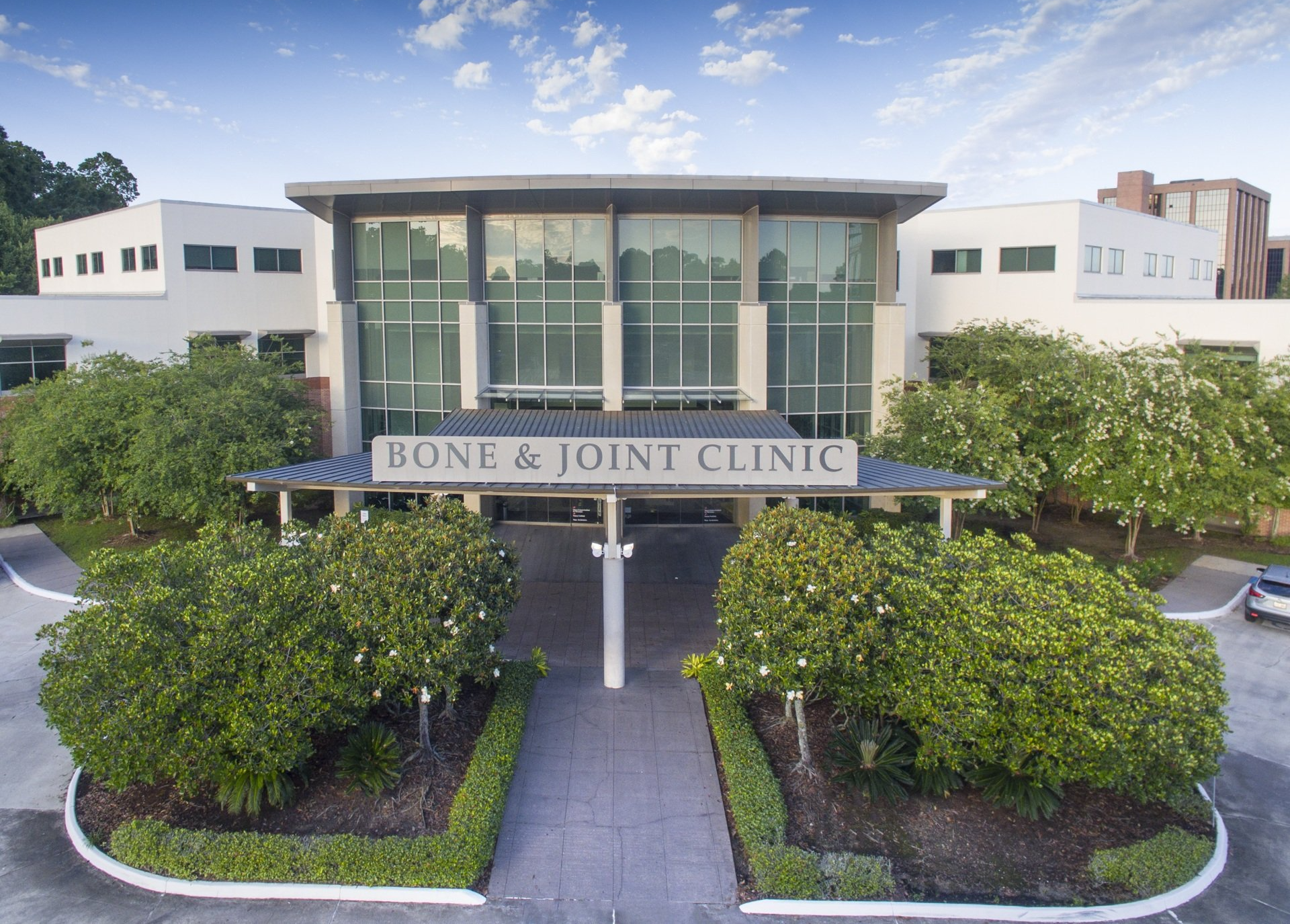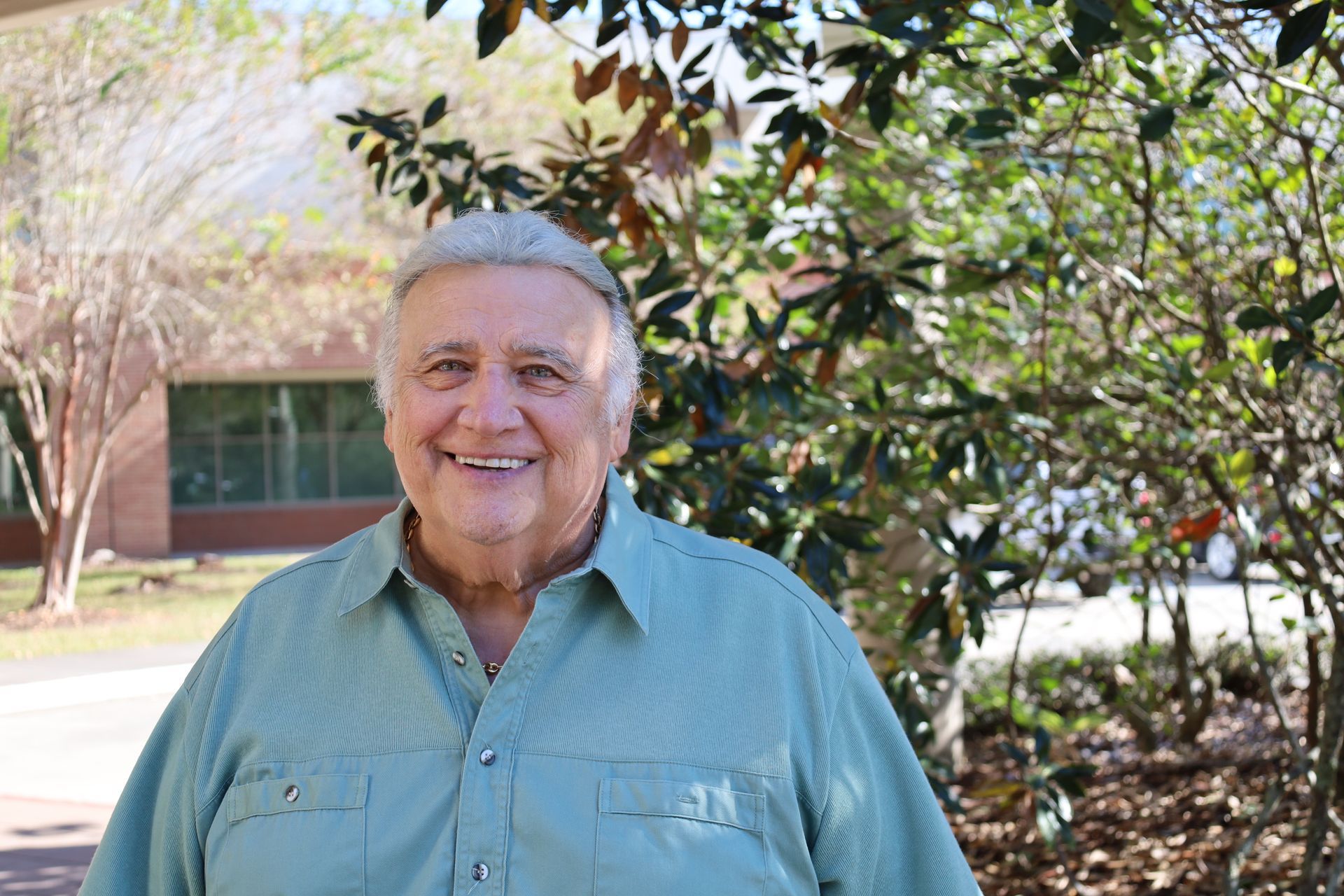Participation in sports is linked to many health benefits. Of course, athletes reap the benefits of physical fitness, but they are also more likely to make healthier choices, have higher self-esteem, work better in groups and perform higher academically. Still, for all of the positives, there is also a certain amount of risk associated with athletics, including injuries such as tears of the ACL, or anterior cruciate ligament.
Location and Function of the ACL
The knee joint is comprised of three bones (tibia, femur and patella) which are connected by four ligaments. Collateral ligaments are those on the side of the joint, while the posterior and anterior cruciate ligaments form an “X” inside of the knee. As the names suggest, the posterior cruciate ligament forms the back of the “X” and the ACL the front. The purpose of the ACL specifically is to provide stability during rotation or twisting of the knee and to prevent the tibia (shin bone) from shifting in front of the femur (thigh bone).
Risk Factors for ACL Tears
While a sudden blow to the knee can certainly result in injury to the ACL, the vast majority of cases (70%) occur during non-contact scenarios such as rapid deacceleration, sudden direction changes, or landing improperly on one leg. Additionally, there are other factors which can heavily influence the likelihood of suffering an ACL injury. These include:
- Age – Considering that ACL injuries are so prevalent among athletes, it is no surprise that the age range at which individuals are most susceptible tends to be when they are also young and physically active. The majority of ACL tears occur between the ages of 15 and 45.
- Gender – Female athletes suffer from ACL tears at a far higher rate than their male counterparts. Due to differences in neuromuscular profiles between the sexes, women are between 4 and 8 times more likely to experience this injury.
- Sport – Any physically demanding sport can result in ACL injury, including track, basketball, baseball, volleyball, and many more. However, there are some sports which result in higher rates of ACL injury than others. Among high school athletes, for instance, soccer has proven responsible for over 50 percent of tears in females, while football accounts for over 70 percent of ACL tears in males.
Symptoms & Treatment of ACL Tears
An ACL tear is an undeniable injury that is often immediately evident with one or more of the following symptoms:
- Hearing and/or feeling a “pop” upon injury
- Swelling of the knee
- Pain
- Difficulty straightening the knee
- Instability of the knee
Once a tear has been diagnosed by a sports medicine physician through examination and imaging, a treatment plan can be developed. While many assume that surgical repair will be required for a torn ACL, this is not always the case. In some instances, physical therapy and rehabilitation to strengthen the knee and restore stability and range-of-motion may be sufficient. This is most likely to be the case for patients who are not involved in physically demanding sports, who live fairly sedentary lifestyles, whose tear is not severe and instability of the knee is not present, or who are young with growth plates that are not yet fully formed. For many athletes, however, surgery is a likely recommendation.
During an ACL surgical repair, the orthopedic surgeon will take a segment of tendon from the patient or a cadaver and use it to replace the damaged portion of the ACL. In the days immediately following the procedure, patients will need to rest, elevate the leg, and use crutches. Over the next month, weightbearing on the leg will be allowed gradually, and patients will be fitted for a knee brace to wear for the next several weeks. During this time, rehabilitation and physical therapy to restore strength and function to the knee will also begin and continue for several months. Once medically cleared by their physician (usually 6 to 12 months following surgery), athletes can return to their sport.
A torn ACL is a painful and frustrating injury for anyone, but it can be especially impactful for athletes who must take significant time away from their sport and training in order to heal. In these cases, the best course of action is to choose an experienced orthopedic surgeon with a track record of success. In doing so, patients can be confident in the repair and their continued athletic performance following recovery.
If you are in the Greater Baton Rouge area and have experienced and ACL injury, contact Bone and Joint Clinic of Baton Rouge to request an appointment with one of our sports medicine physicians.




